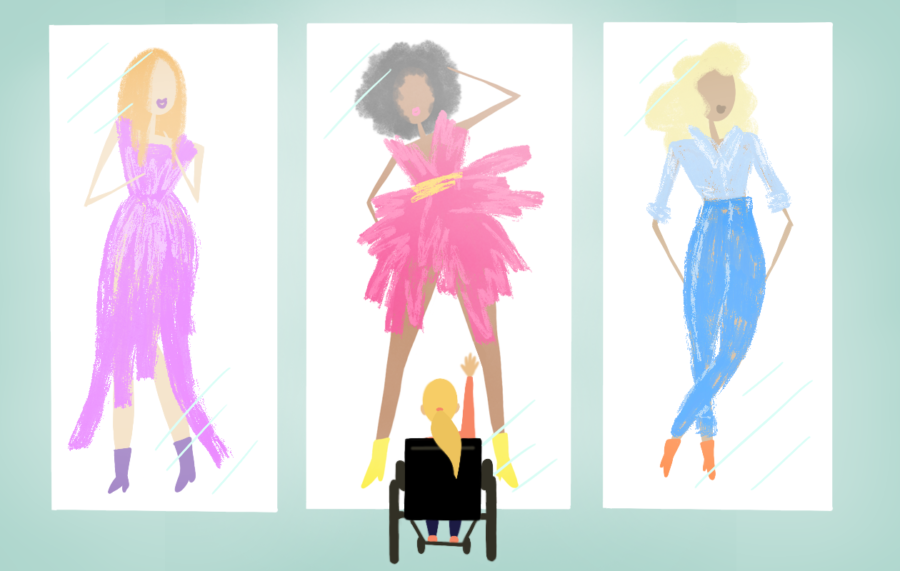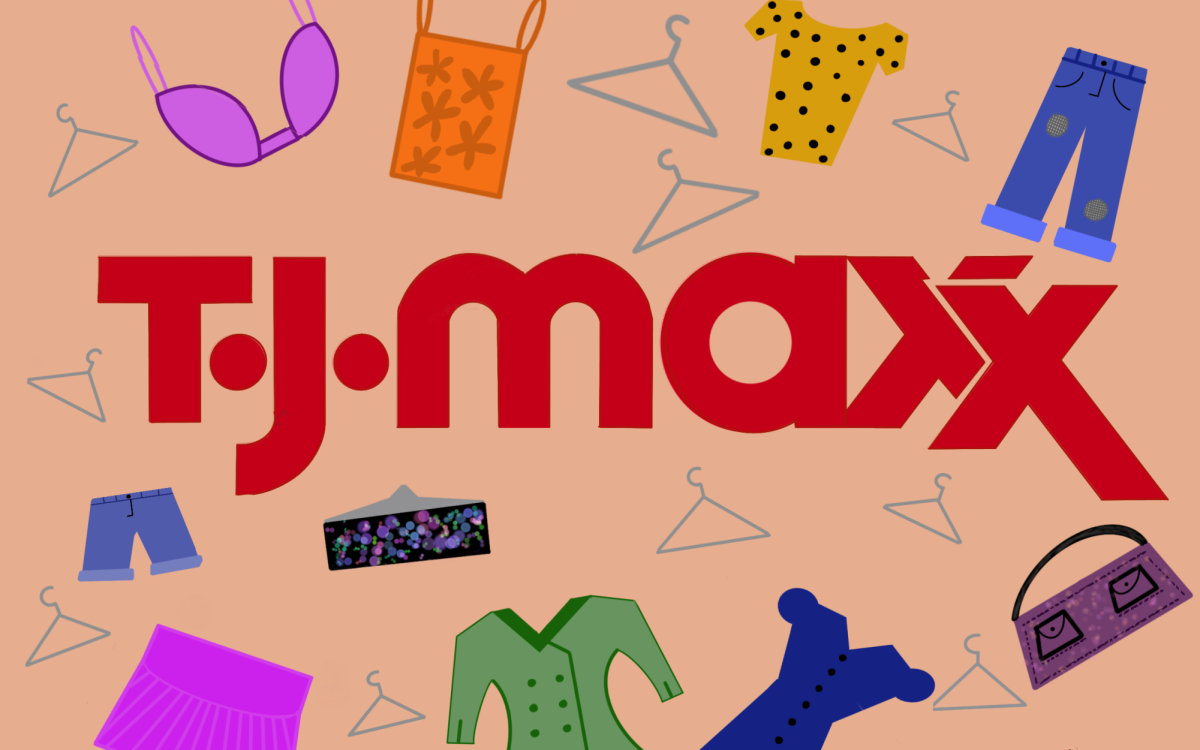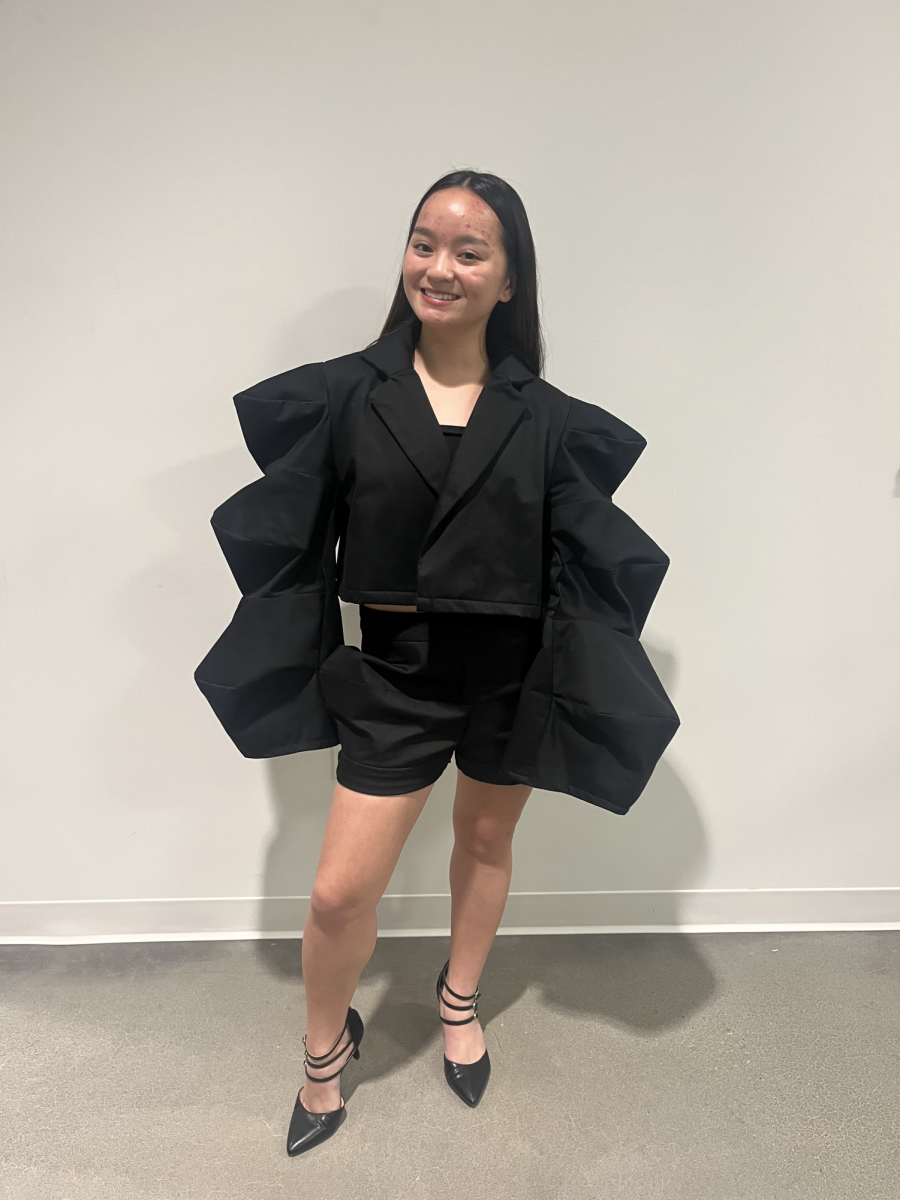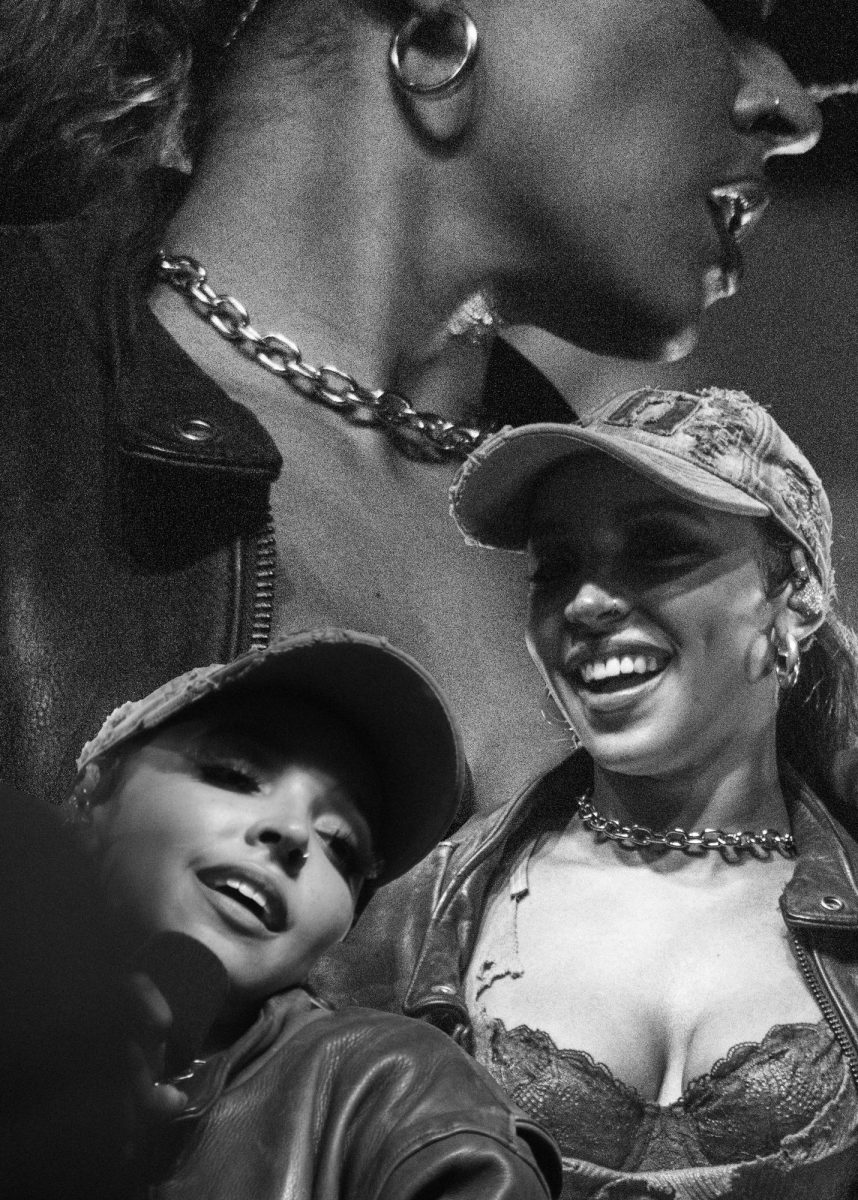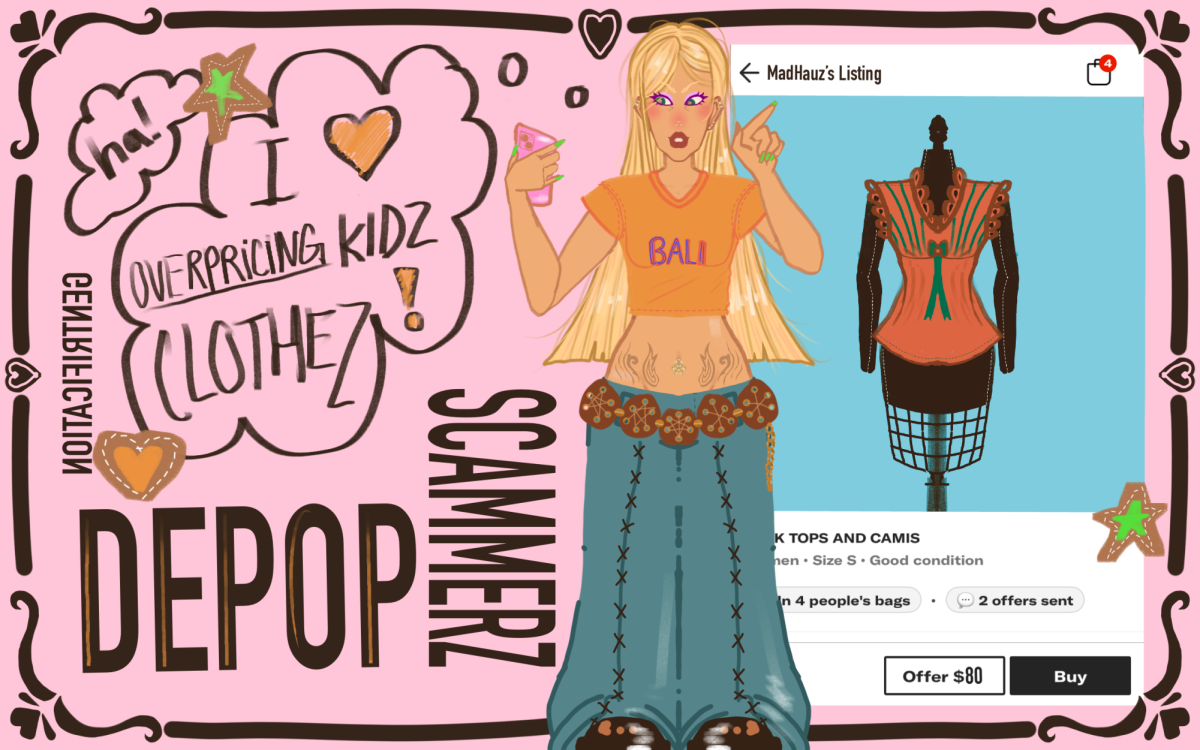When shopping for clothes, most are able to swiftly navigate through any store, find a couple eye-catching items, try them on and walk out with a new addition to their closet. For disabled people, this picture is not as exciting. When shopping, they can feel lost in a store designed for those with abled bodies. Narrow aisles, tall racks and changing rooms are all obstacles for them. Struggling to navigate through stores draws more attention to their disability, as if they are not reminded of it enough.
Most stores are not set-up to be wheelchair friendly, meaning those bound to a wheelchair usually have a harder time reaching clothing on higher shelves or simply fitting their chair into dressing rooms. This can make shopping for clothes even more frustrating because the atmosphere itself is already unwelcoming. Furthermore, store associates are usually not educated on the wants and needs of the disabled when it comes to clothing. If they were more well-versed in this topic, they would be able to assist disabled people with finding clothing that works for them. With such a large percentage of people having a disability, it should be a mainstream concept to have easily accessible stores.
Likewise, in the fashion industry the needs and desires of the disabled are oftentimes overlooked when constructing or designing merchandise.
In a store filled with hundreds of options, only a select few can be comfortably worn by disabled people. Because of these frustrations, they are oftentimes unable to effectively express themselves through clothing. They are limited to what they can wear and what stores they are able to shop at. When shopping, they can’t shop for what they think are the most attractive items in the store. Instead, they have to shop for the most practical ones.
The importance of adaptive clothing is deeper than the concept of accessibility. Adaptive clothing helps restore independence when they are able to do something as simple as dressing themselves in the morning. There is an influence clothing has on the wearer’s psychological processes, which can either enhance or negatively affect their psychological state. This is known as “enclothed cognition.” This means that if one dresses in a “lazy” way, they will be less likely to make the most of their day, contrary to the idea of “dressing for success.” Something as simple as the clothes we wear can change how we feel and our perception of life.
Clothing can be a factor keeping people with disabilities out of the workforce. Some workplaces enforce strict dress codes which are hard for disabled people to follow when there is a struggle to find business attire. Simple things like a nice coat or dress shoes can make someone look more professional, and when one is unable to wear the proper attire to work, they can be seen as unprofessional.
Some brands have succeeded in creating disabled body-friendly shopping experiences. For example, Zappos has made it easier for disabled people to find the right shoes by creating tabs on their website titled “Easy On/Off Shoes,” “Magnetic Closures” and “Medical Wear.” They have feature brands like Nike and Tommy Hilfiger who have contributed adaptive styles, so when shopping online, people can go to one place to find the right styles for them without worrying if they will be able to wear it or not. The clothing is not just easy to wear, but also stylish. With the help of disability fashion styling experts, they have put together a curation of stylish clothing items for adults looking for small sizes.
The only downside to this shopping experience is that Zappos is an online retailer. Because the fit and feel of an item are very important, it is usually a daunting task to shop online for those seeking adaptive clothing. Zappos does, however, do a good job at providing commentary and suggestions on how to pick clothing and what to look for.
With continuing advancements in technology making it easier to create adaptable clothing, why is it not considered a mainstream aspect for every brand? Some would argue that producing adaptive clothing is more expensive, time-consuming, and detrimental to a brand than it is to produce regular clothing. Because the target market for adaptive clothing is a much smaller audience, brands do not make as much money when they sell these clothes. The cost of production and advertising outweighs the money made from sales. This usually leads to companies only producing a specific number of styles and charging more than the average clothing item, which can lead to frustration in those seeking their size when trying to buy something like an adaptive shoe.
Creating adaptive clothing is ineffective if it is hard to afford and hard to find. Companies need to expand their product range by producing adaptive clothing to make it more of a commercialized, well-known concept. When this is done, sales will increase as will profit and overall awareness of disability inclusivity.
For most people, it is inevitable to become disabled due to old age, and when that time comes, they will seek clothing that is easier to put on and more comfortable to wear. Then they will have to go through the struggle disabled people have had to endure throughout their entire lives.
Being one of the largest and most powerful industries, there is no reason for the fashion industry to not be fully disabled body-friendly. Everyone wears clothes. This is not a dying industry and it will be around forever, so why not make it accessible to all kinds of people?
Support Student Media
Hi, I’m Maria McGinnis, a senior journalism student from Stow, Ohio. I’m also the editor-in-chief of A Magazine. My staff and I are committed to bringing you the most important and entertaining news from the realms of fashion, beauty, and culture. We are full-time students and hard-working journalists. While we get support from the student media fee and earned revenue such as advertising, both of those continue to decline. Your generous gift of any amount will help enhance our student experience as we grow into working professionals. Please go here to donate to A Magazine.

